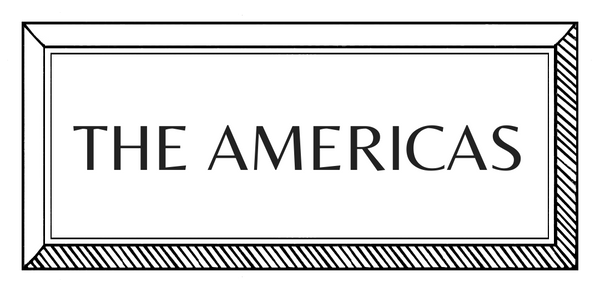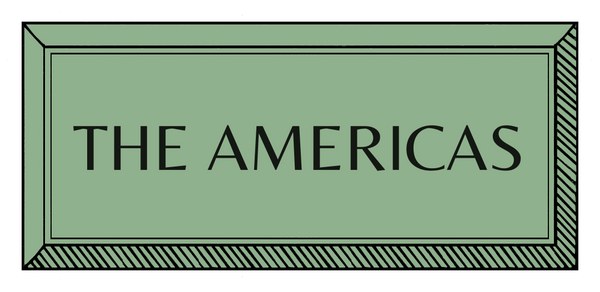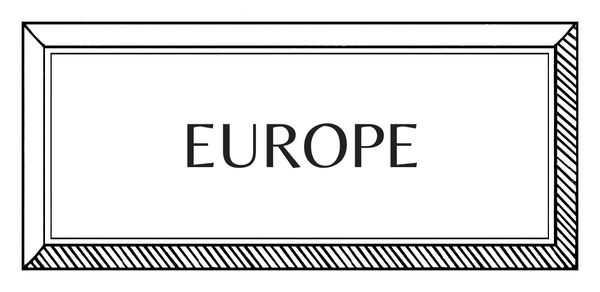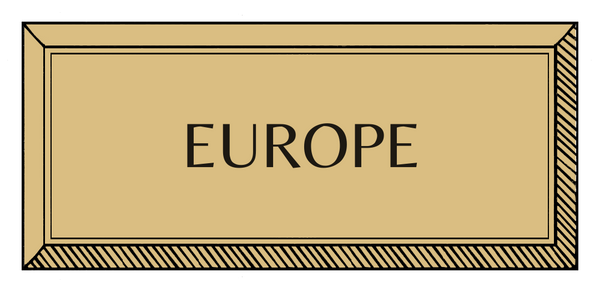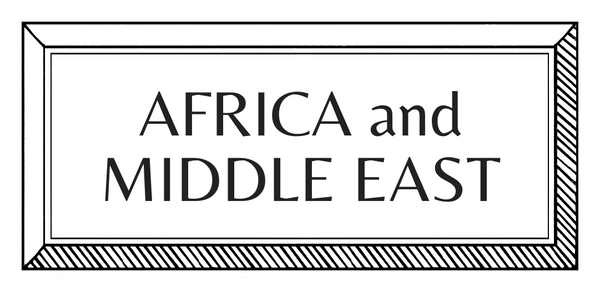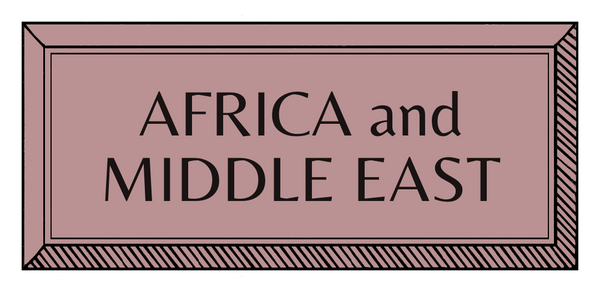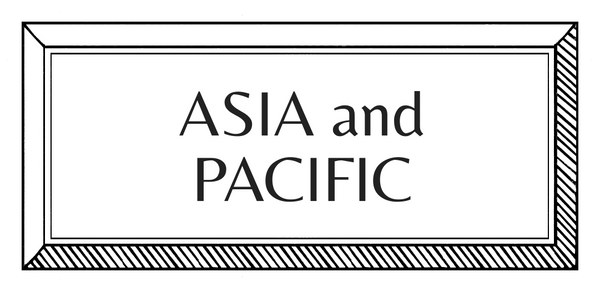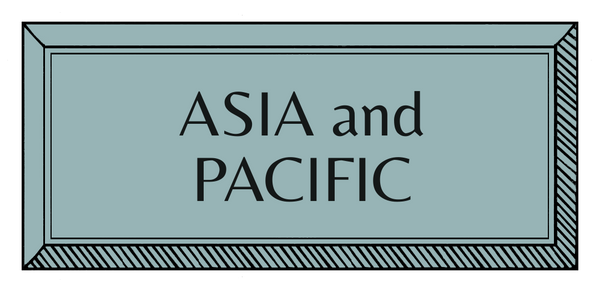MAKERS | THE AMERICAS | USA | WEAVING
Justin Squizzero | Weaver

Justin Squizzero in Newbury, Vermont © Ari Kellerman
From his home on a storied 19th-century farm, high in the hills of Newbury, Vermont, Justin Squizzero is reviving the traditional crafts of spinning, weaving and naturally dyeing textiles using a 200-year-old loom. He gives Cabana a tour of his farmhouse and tells Camilla Frances about his woven life.
High in the hills of Newbury, Vermont, from his home on a storied 19th century farm, Justin Squizzero is reviving the traditional crafts of spinning, weaving and naturally dyeing textiles. First introduced to cloth making by his grandmother, herself a weaver, Justin had learnt to spin by the age of 12 and was weaving by 16. An apprenticeship followed, with Norman Kennedy and Kate Smith of The Marshfield School of Weaving in Vermont, which rooted his technique in the British-American hand weaving tradition.
Today, in the atmospheric property he is restoring with his husband, Andrew, Justin creates timeless modern heirlooms using a 200-year-old loom. These include blankets and figured coverlets, each imbued with the distinct character of northern New England. Indeed, Justin is the only maker of handwoven figured coverlets known to be at work today. Sometimes a client’s brief will dictate his work, other times, his work starts with a historic textile, determining what it is and how to best reimagine it.

Justin Squizzero's 19th-century farmhouse in Newbury, Vermont © Ari Kellerman
“Historic textiles are hugely inspiring”, he says. “They often don't seem like much, but once you understand the ways in which they were actually made, they take on a whole new meaning. His figured coverlets are a whole other story.
“I start with a 19th-century coverlet, graph out its whole original design, adapt that design to fit my loom, draw the whole thing out again, punch a set of cards for my Jacquard machine (200-300 cards), and then warp the loom and weave the coverlet. The planning stage can easily run for 100 hours before I even look at the loom.
“Dyeing happens outdoors over an open fire. I have one loom downstairs in the main living space and the entire upstairs, the garret, is filled with spinning and weaving equipment. There is one finished room up there, but three quarters is unfinished and open to the roof. It flows between ordered and chaotic depending on the time of year.
How would you describe your style?
Impeccable? Outdated? 19th-century farm chic? I have always liked old buildings, old stuff and old ways of doing things, and all those combine in my life and work. Who or what most inspires you? Obviously the past, but also people who can recognize an inherent value in traditional skills and perpetuate them as a relevant part of their lives and not as a re-enactment of something obsolete.
What influences your work?
I've pursued figured weaving on my own, mostly through studying 19th century texts, textiles, and equipment. Historic textiles are hugely inspiring. They often don't seem like much, but once you understand the ways in which they were made - how much skill and labor they're the result of - they take on a whole new meaning and value.
Where do you work? What does a typical day look like?
Dyeing happens outdoors over an open fire. I have one loom downstairs in the main living space and the entire upstairs, the garret, is filled with spinning and weaving equipment. There is one finished room up there, but three quarters is unfinished and open to the roof. It flows between ordered and chaotic depending on the time of year.
I'm an early to rise kind of guy, then it’s let the dogs and cats out, get fires going in the stoves if it's cold weather, then coffee, livestock chores, followed by weaving or garden or work on the house, depending on what needs doing. There's at least one more round of animal chores later in the day interspersed with other work. I often listen to music or podcasts while I work, or just to the sounds of the loom.
Are there any themes running through your work?
Just because it's old doesn't mean it's irrelevant.
Words by Camilla Frances
Images from Ari Kellerman

















